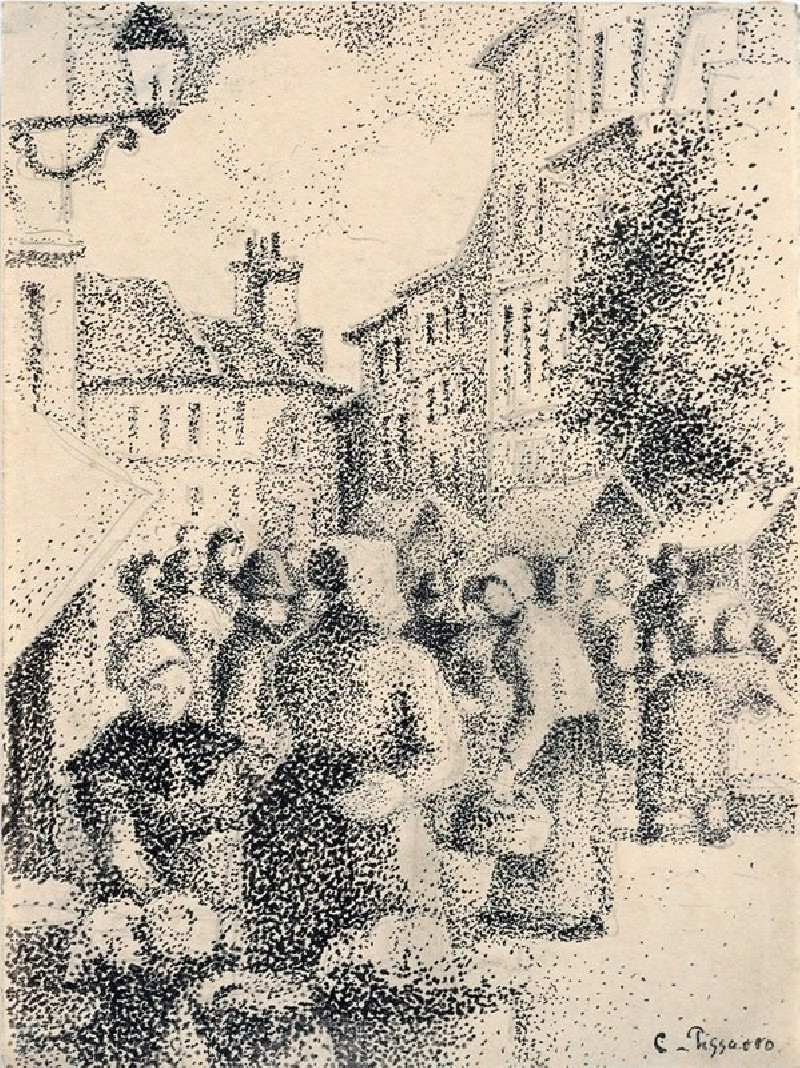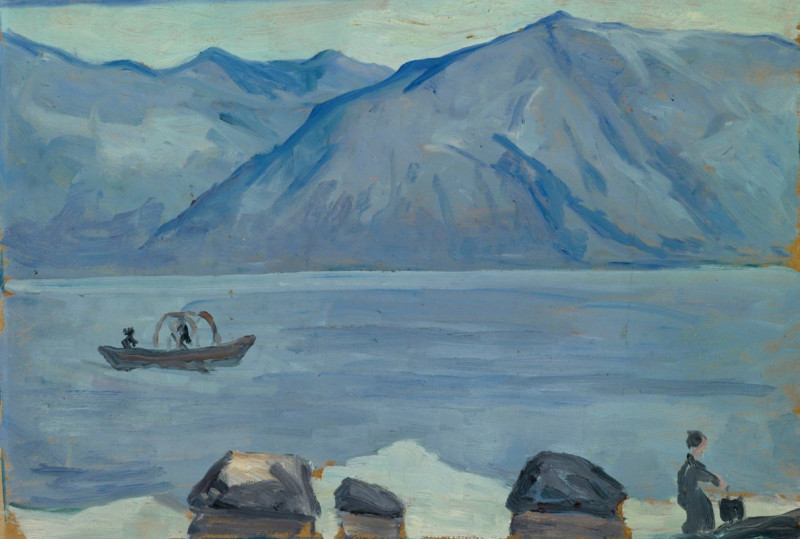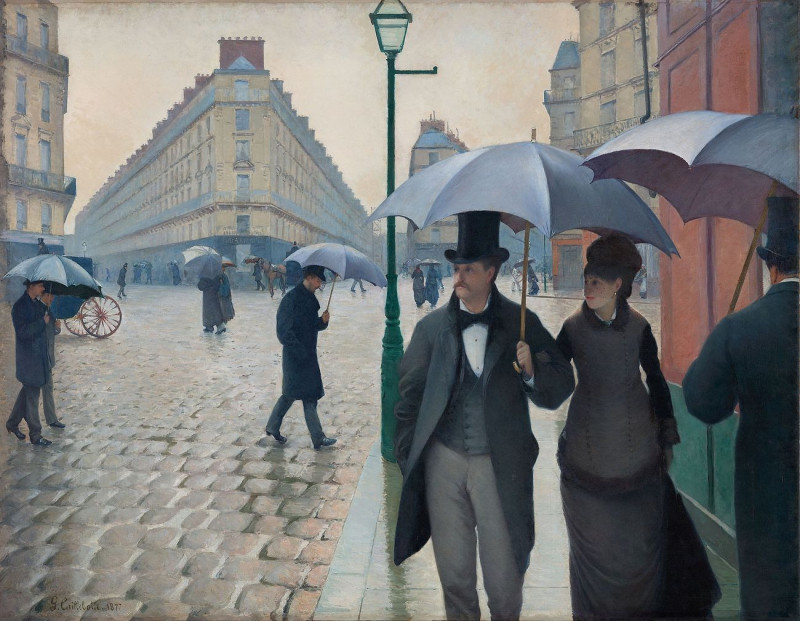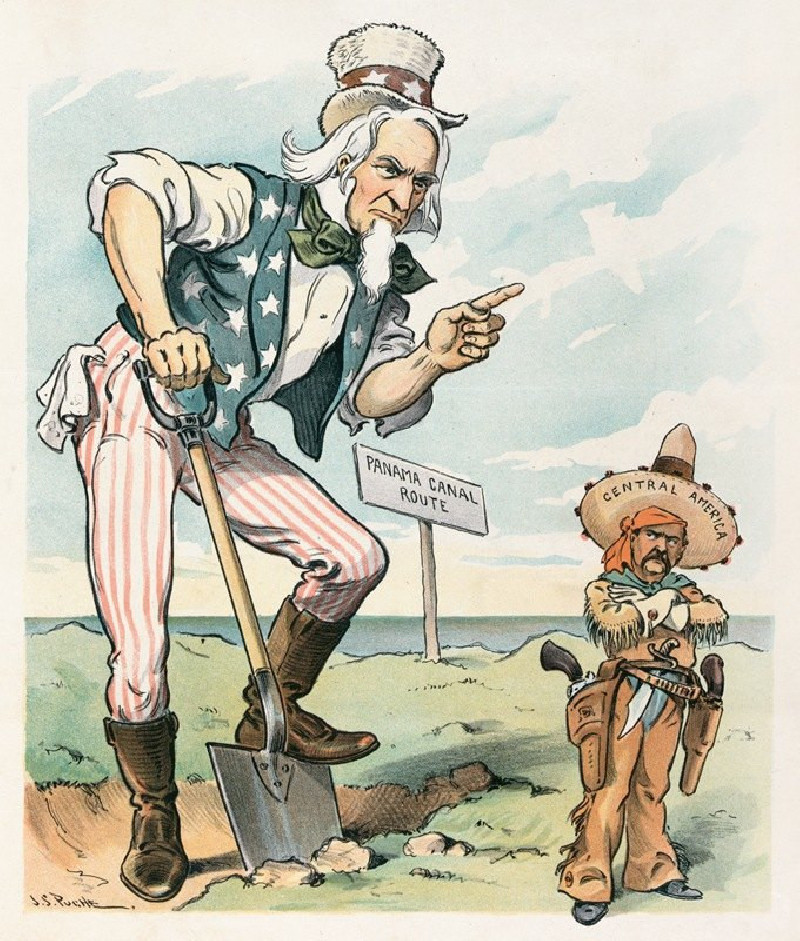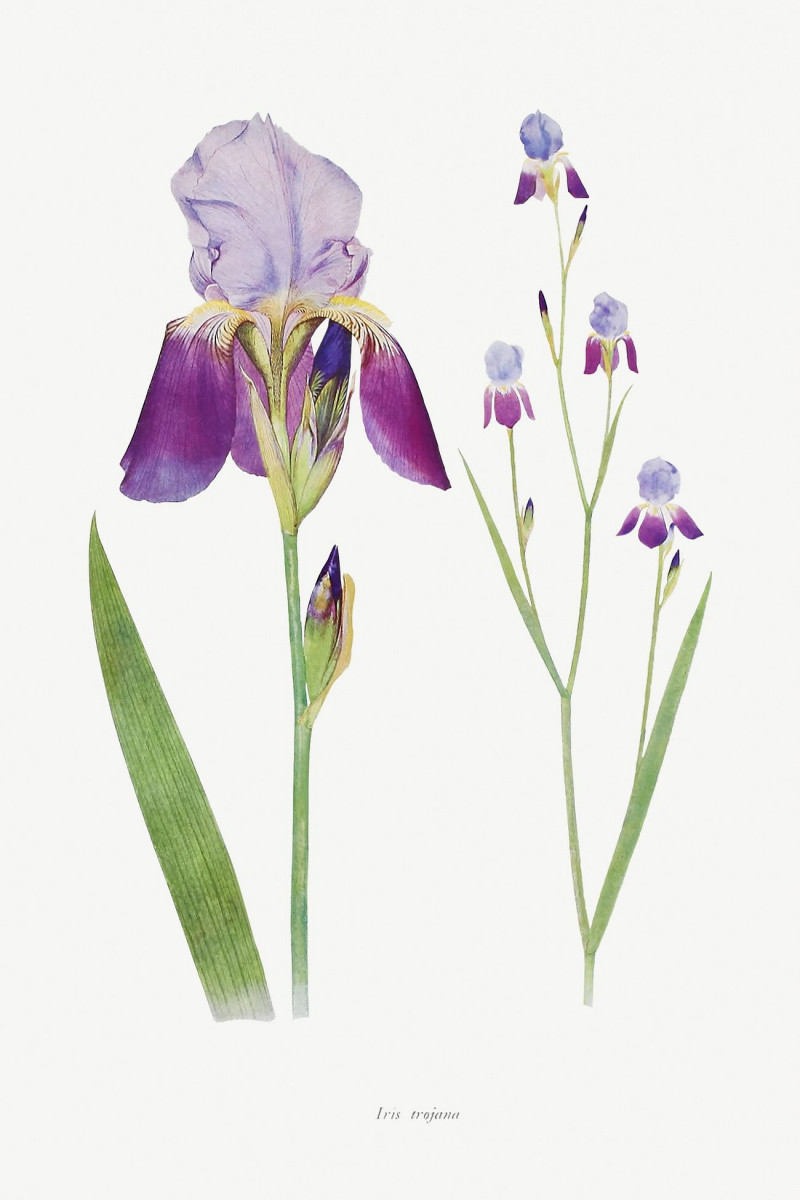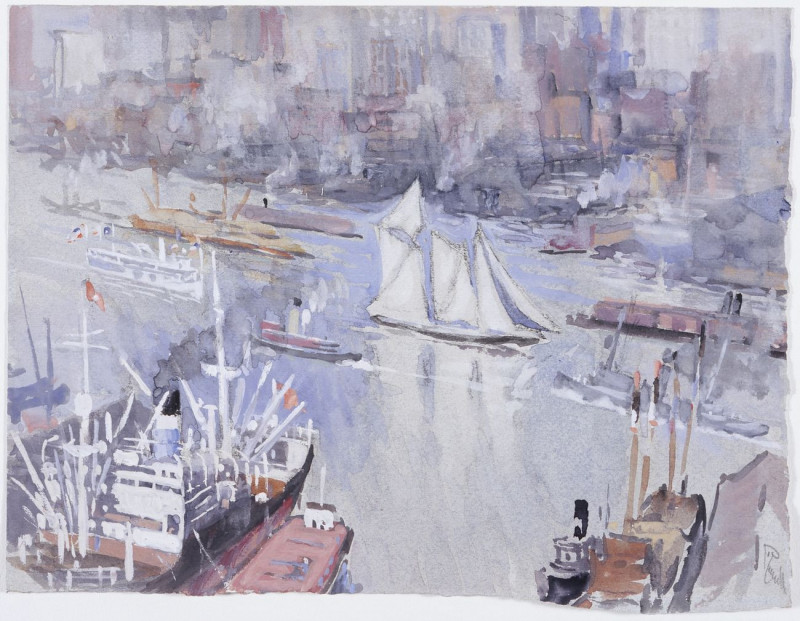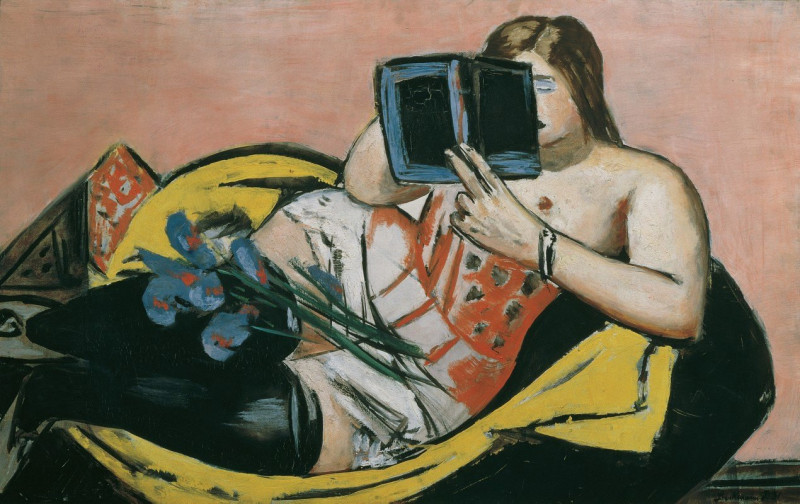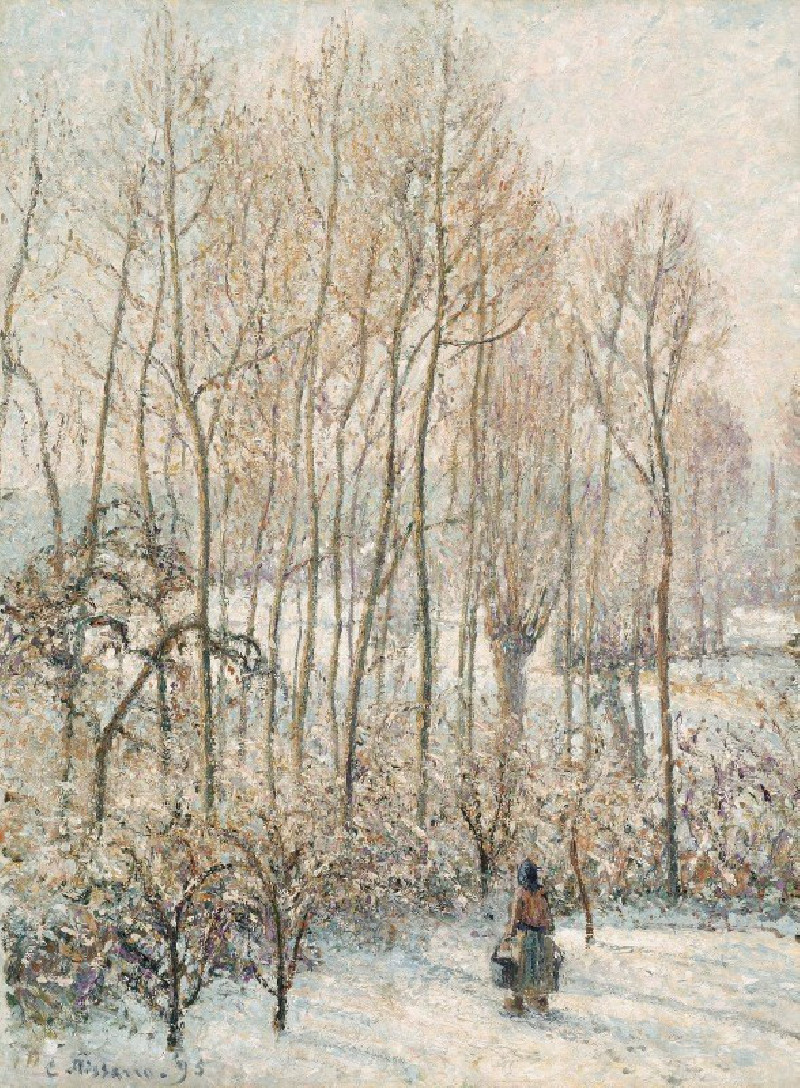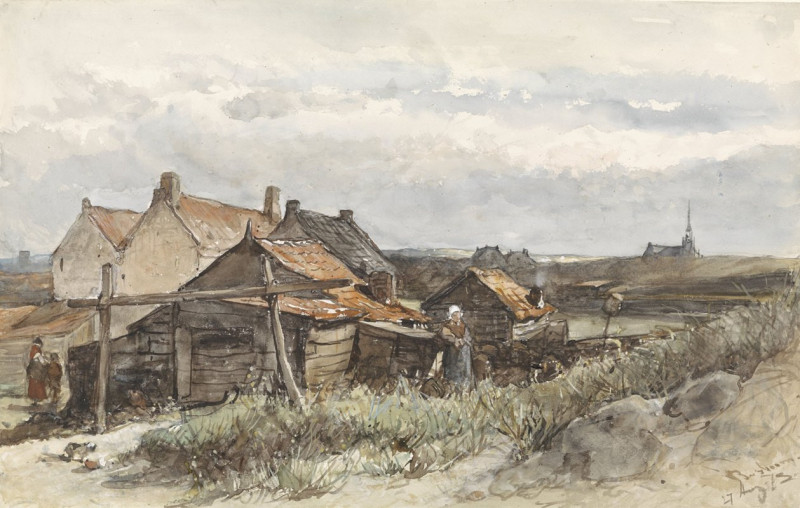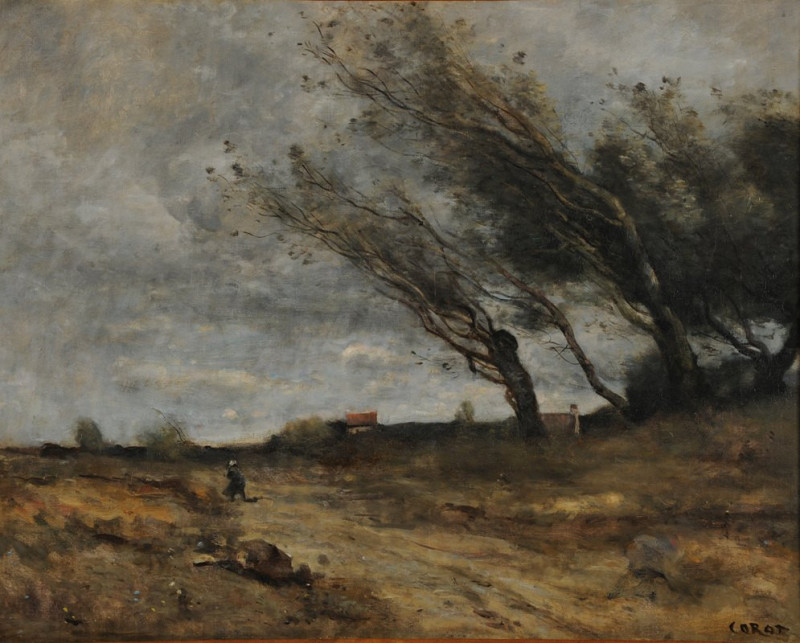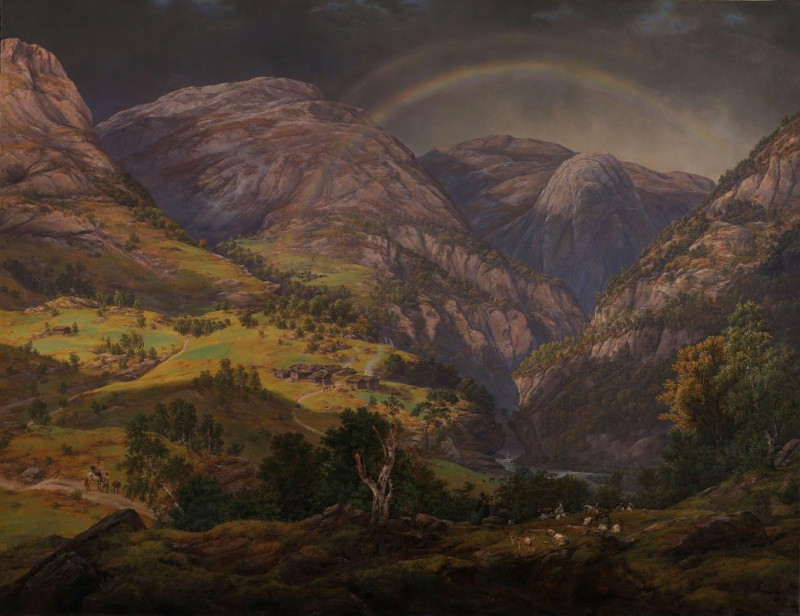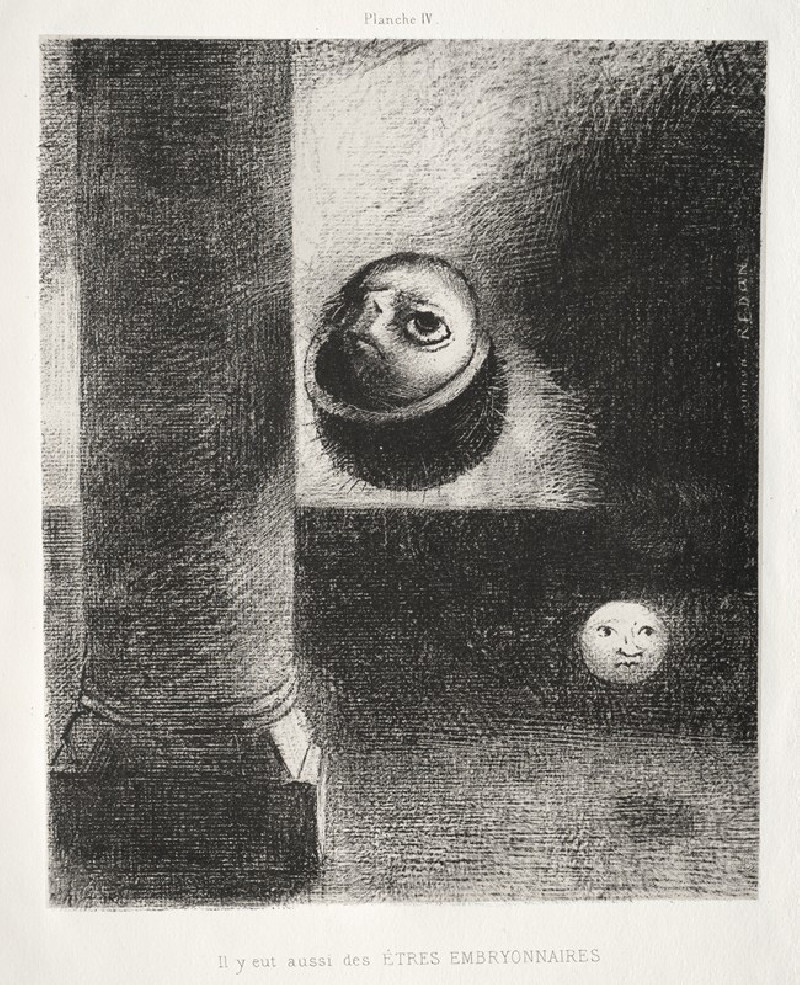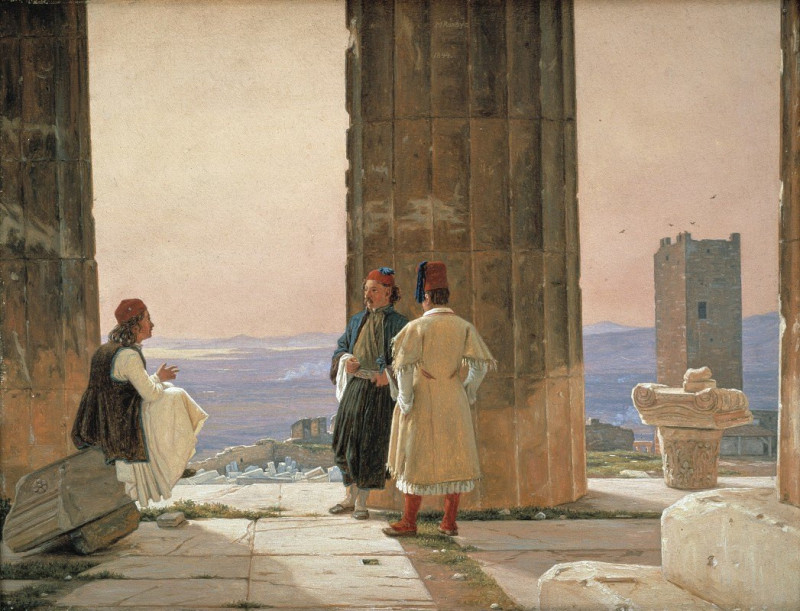Marketplace in Pontoise (1886)
Technique: Giclée quality print
Recommended by our customers
More about this artwork
Featured in our collection is the enthralling pointillist work, "Marketplace in Pontoise," created in 1886 by the esteemed artist Camille Pissarro. This captivating piece showcases Pissarro’s knack for capturing the bustling energy and day-to-day life of French markets during the late 19th century.In this intricate composition, Pissarro presents the viewer with a vivid scene set in Pontoise—a location frequently visited by the artist, which often served as a muse for his works. The painting is animated by a throng of figures gathered within the market, each character meticulously dotted into existence through the pointillist technique, which blends color and form into a harmonious visual ensemble.Enclosed by the stone-build facades of houses and under a high, softly shaded sky, the marketplace springs to life. Pissarro employs gentle contrasts and a plethora of tones to evoke the light filtering through the scene, highlighting vendors and buyers engrossed in the vibrancy of local trade."Marketplace in Pontoise" not only mirrors the physical aspects of the location but also encapsulates the spirit and atmosphere of the era, offering a window into the historical context and social dynamics of small-town French life. This piece is a testament to Pissarro’s mastery in using pointillism not merely as a technique but as a narrative tool that vividly portrays the pulse of rural and suburban landscapes in Europe at the time.
Delivery
Returns
Blessed are they who see beautiful things in humble places where other people see nothing. — Camille Pissarro
Camille Pissarro (1830-1903) was born on St.Thomas (now the US Virgin Islands) to a Portuguese father and a Dominican mother. He went to Paris to study art at Ecole des Beaux-Arts. He was an early pioneer of pointillism and neo-impressionism and later became a mentor of many famous impressionist painters including Cezanne, Manet, Renoir, and Gauguin. His paintings depicted rural and urban French landscapes and lifestyle. Many of his works politically captured images of peasants and laborers. Today, he is considered the father of impressionism.

